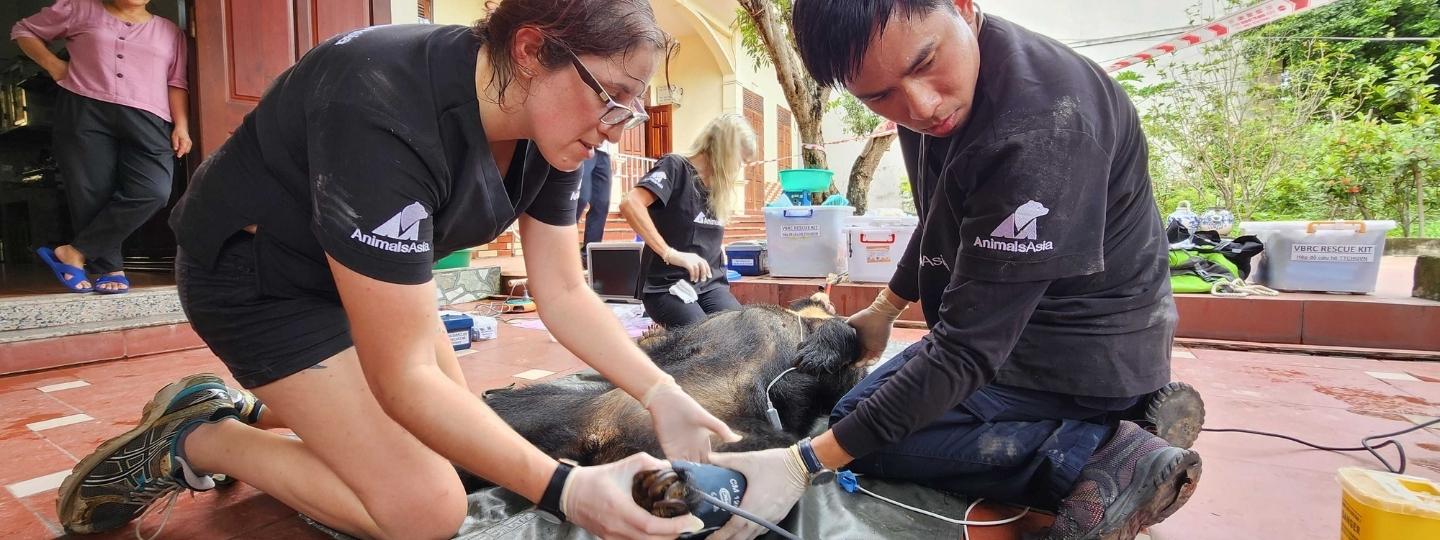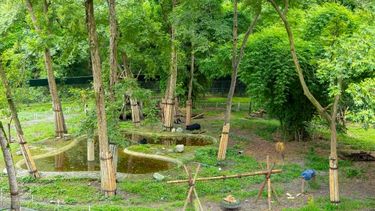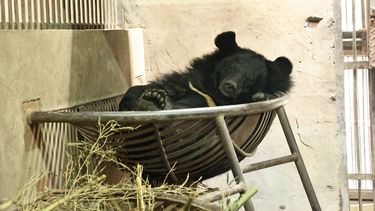
News
Filter by...
-

Animals Asia thanks Ricky Gervais for generous donation
Animals Asia has received a generous Christmas donation from long-time supporter Ricky Gervais, helping bring us closer to ending bear bile farming in Vietnam. Read our full statement.
Read more on Animals Asia thanks Ricky Gervais for generous donation
-

Celebrities unite to help Free the Final Bears in Vietnam
Celebrities are standing with Animals Asia to help free the last bears in Vietnam – and their support is inspiring a global movement.
Read more on Celebrities unite to help Free the Final Bears in Vietnam
-

Love is the Only Cure photo exhibition opens in Chengdu
A new photo exhibition in Chengdu celebrates the impact of our Dr Dog and Professor Paws programs, sharing powerful stories of compassion and connection.
Read more on Love is the Only Cure photo exhibition opens in Chengdu
-

The final hurdle: ending bear bile farming in Vietnam
After 25 years of progress, just 156 bears remain waiting for freedom. Find out about the current situation and what we're doing to reach the final bears.
Read more on The final hurdle: ending bear bile farming in Vietnam
-

When passion finds its purpose: my first year with Animals Asia
A year ago Niki Wu joined Animals Asia as the China bear sanctuary's Bear & Vet Team Director. Follow her incredible story from boardrooms to bear dens.
Read more on When passion finds its purpose: my first year with Animals Asia
-

What do bears do on a gloomy day? They get cosy!
At our China sanctuary last week, as the drizzle set in, the bears chose to snuggle up in their dens – safe, warm, and very cosy!
Read more on What do bears do on a gloomy day? They get cosy!
